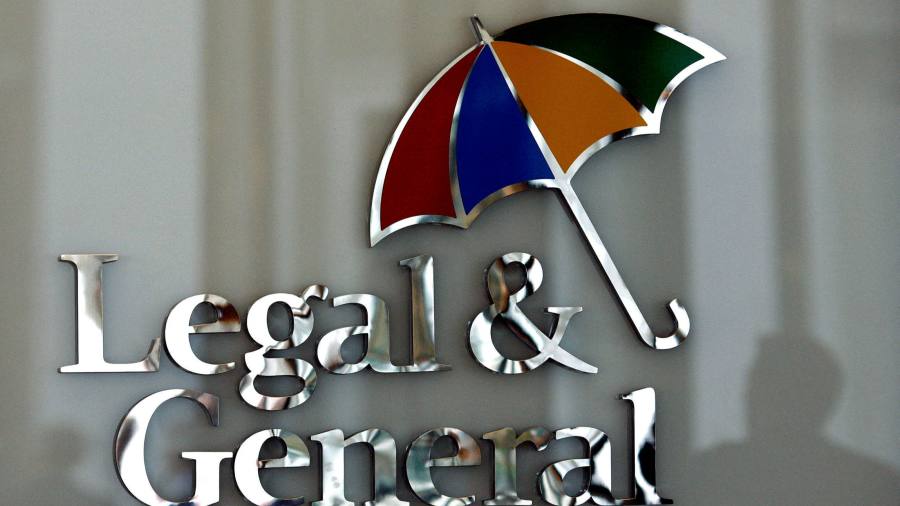[ad_1]
Legal & General has moved to reassure investors over its financial health after an investing strategy the insurer helped pioneer for UK pension funds blew up in the recent bond market turmoil.
The FTSE 100 group is one of the biggest players in the market for so-called liability-driven investment strategies, which many defined benefit pension schemes have adopted in recent years in an effort to help match their liabilities and assets, often using derivatives.
The strategies, which require pension funds to post collateral, have come under acute pressure since chancellor Kwasi Kwarteng’s plan for unfunded tax cuts sent yields on UK government bonds sharply higher.
Shares in L&G jumped 4.5 per cent after the company’s update on Tuesday to 231p, having previously dropped 13 per cent since Kwarteng’s fiscal plan was unveiled on September 23.
The insurer said on Tuesday that it was on track to deliver earnings in line with guidance it provided with its half-year results in August. “Our businesses are resilient, and we are on track to deliver good growth in key financial metrics for full-year 2022,” said chief executive Nigel Wilson.
In the bond market ructions that followed Kwarteng’s “mini” Budget, concerns grew about L&G’s own exposure to LDI strategies and its own annuity business. The company’s asset management division, LGIM, is one of the UK’s biggest providers of LDI products.
The group on Tuesday sought to reassure investors on both fronts. “Despite volatile markets, the group’s annuity portfolio has not experienced any difficulty in meeting collateral calls and we have not been forced sellers of gilts or bonds,” it said in a statement.
On LDI, it noted that the recent increases in interest rates had caused “challenges for the pension fund clients and counterparties of LGIM’s UK LDI (liability driven investment) business” but added that “LGIM acts as an agent between our LDI clients and market counterparties and therefore has no balance sheet exposure”.
L&G said that its solvency ratio — a measure of capital available as a proportion of the minimum required — had improved from 212 per cent at the half-year stage to between 235 and 240 per cent at the end of September.
According to analysts at Jefferies, L&G managed £387bn of LDI funds at the half-year stage, equivalent to 30 per cent of the group’s total assets under management. However, rising gilt yields in the third quarter are likely to have reduced that figure.
In a note on Monday, the Jefferies analysts said that “the biggest risk for L&G is that this crisis has discredited the firm’s risk management abilities. In the process, it’s possible that this sparks outflows from LDI funds, as clients reallocate to alternative strategies, with lower liquidity risks.”
[ad_2]
Image and article originally from www.ft.com. Read the original article here.

